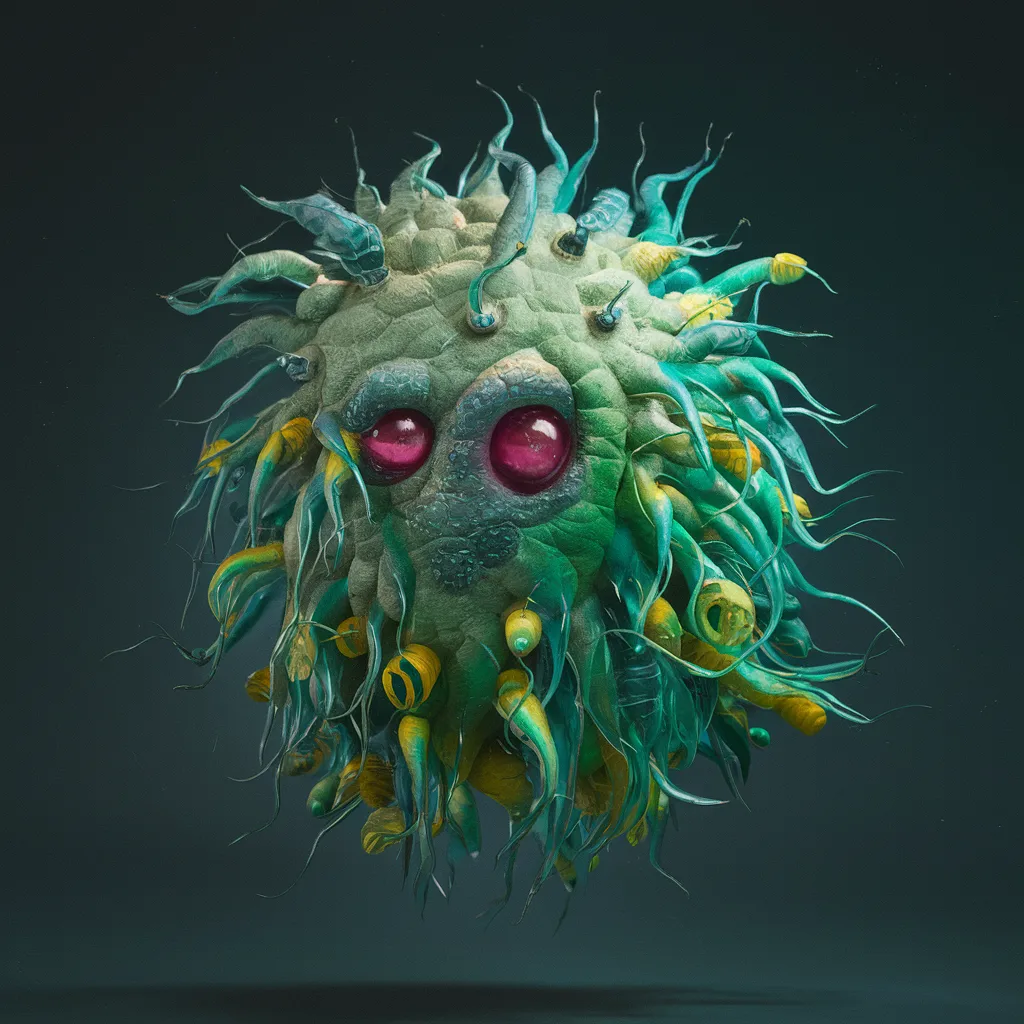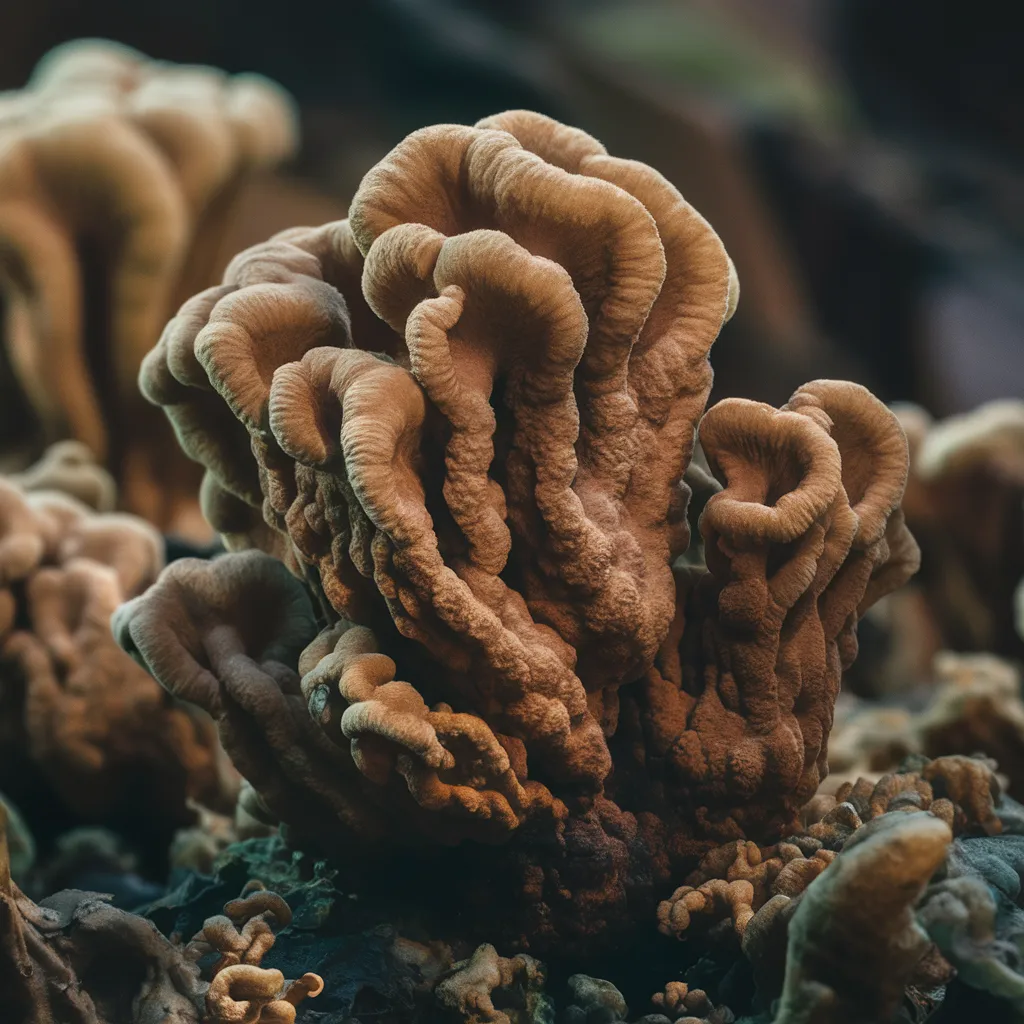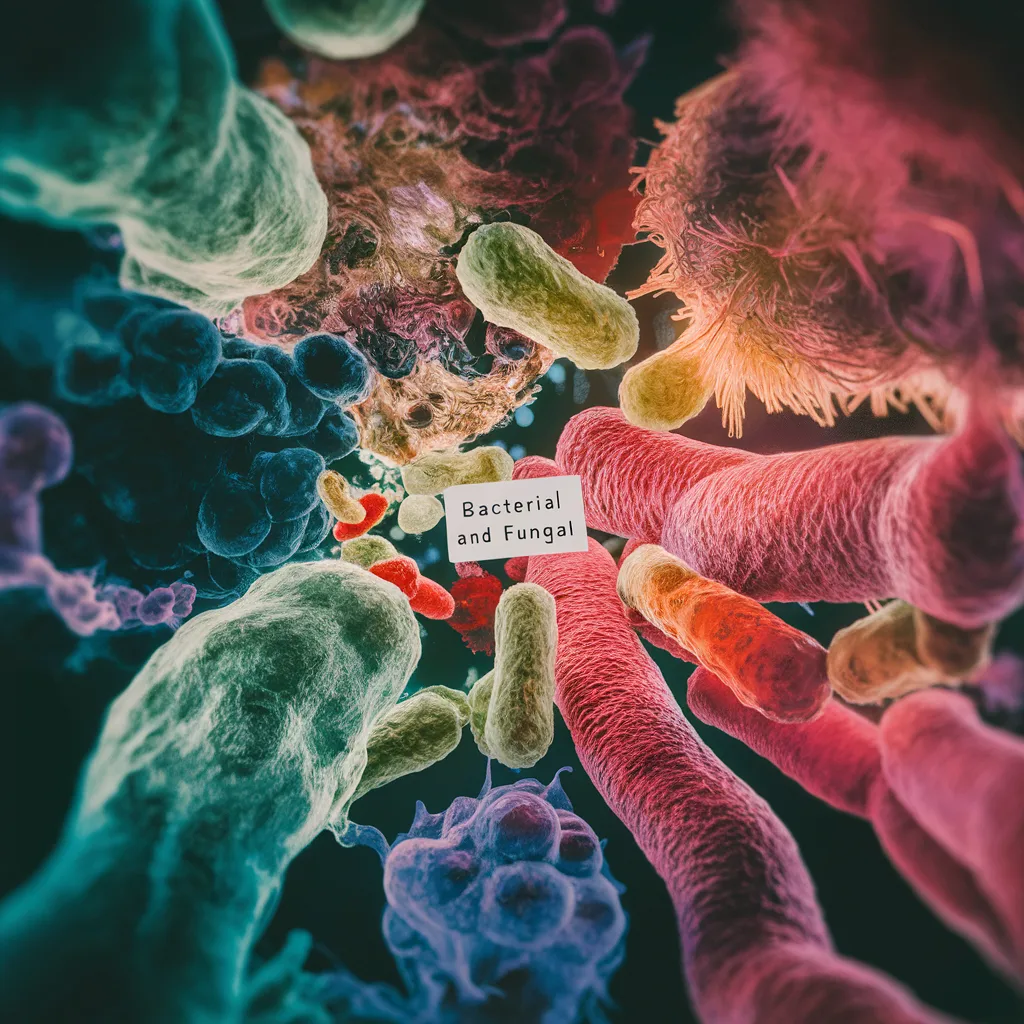Bacterial and Fungal are two different groups of microorganisms. Each has unique traits and functions in the environment. Bacteria are single-celled creatures that belong to the domain Bacteria and lack other membrane-bound organelles as well as a genuine nucleus.
Table of Contents
Bacterial

The term “bacterial” describes everything that is associated with bacteria, which are single-celled microorganisms that are ubiquitous and, depending on the situation, can be either beneficial or destructive. Bacteria are tiny, single-celled organisms that can be either beneficial or dangerous and can be found in a variety of situations. The term “bacterial” refers to or involves these organisms.
Fungal

“Fungal” describes features or traits specific to the kingdom of fungi, which is different from the kingdoms of plants, animals, and microorganisms. A wide variety of species, such as moulds, yeasts, and mushrooms, are classified as fungi. Each has distinct characteristics and functions in the environment. They do well in a variety of settings, including soil, water, and living things. In ecosystems, fungi are essential because they break down organic materials and develop beneficial interactions with plants and other species called symbionts. Fungi also contribute to human well-being and scientific progress by producing food, medicine, and industrial goods. But some fungus may also infect humans, animals, and plants, indicating their dual importance in both advantageous and detrimental situations.
Bacterial and Fungal Preservation Methods

For scientific studies, practical uses in industry, and therapeutic treatments, bacterial and fungal cultures must be preserved. The following are a few typical techniques for preservation
Refrigeration
Cultures of bacteria and fungi can be kept for longer periods of time by slowing down their metabolic activities and keeping them at low temperatures, usually between 2 and 8°C. This approach isn’t appropriate for long-term storage, though, and is typically only temporary.
Freezing
By freezing cultures at extremely low temperatures, usually about -80°C, cultures can be kept for extended periods of time. Dimethyl sulfoxide (DMSO) and glycerol are examples of cryoprotectants that are frequently used to prevent cell harm during freezing and thawing.
Lyophilization (Freeze-drying)
By eliminating water from the culture while it is under vacuum, a process known as lyophilization (also known as freeze-drying) produces a dry, stable product. Cultures that have been freeze-dried can be readily rehydrated when necessary and kept for long periods of time at room temperature.
Cryopreservation
Liquid nitrogen (-196°C) or vapor phase nitrogen can be used to preserve bacterial and fungal cultures. Through the process of cryopreservation, cultures are kept in a condition of suspended animation that prolongs their viability without causing any major alterations.
Microbead Preservation
Cultures can be kept in an appropriate medium after being encapsulated in gel beads or microbeads. With this technique, handling and distributing cultures is made simple and doesn’t require subculturing.
Mineral Oil Overlays
To seal bacterial cultures in tubes or plates and avoid contamination and dehydration, apply mineral oil overlays. For anaerobic microorganisms in particular, this technique is helpful.
Glycerol Stocks
Cultures can be kept in tiny aliquots at -80°C by mixing them with a cryoprotectant such as glycerol. Glycerol shields cells from the effects of ice crystals.
Desiccation
By drying out the moisture, certain bacterial and fungal cultures can be kept alive. Techniques for desiccation include vacuum drying, air drying, and the use of desiccants like silica gel. Cultures can be kept for a long time at room temperature after they have dried.
Deep-freezing
Some labs employ deep-freezing methods in addition to normal freezing, which involves quickly lowering culture temperatures to extremely low levels using liquid nitrogen or a deep freezer. This technique works especially well for keeping extremely picky or sensitive bacteria alive.
Alginate Bead Encapsulation
By encasing bacterial or fungal cultures, alginate beads offer defence against environmental stressors. For long-term storage, these beads can be cryopreserved or kept in an appropriate medium.
Frequently Asked Questions(FAQ)
Define Bacterial and Fungal ?
Bacterial and Fungal are two different groups of microorganisms. Each has unique traits and functions in the environment. Bacteria are single-celled creatures that belong to the domain Bacteria and lack other membrane-bound organelles as well as a genuine nucleus.
What are the preservation method of Bacterial and Fungal ?
The preservation method of Bacterial and Fungal method are
1.Refrigeration
2.Cryopreservation
3.Deep-freezing
Related Articles

